GoSecure Appoints Tom Wallace to Lead Engineering
Security industry engineering veteran joins GoSecure to accelerate product development La Jolla, CA., — GoSecure, a leading provider of Managed...
GoSecure Titan® Managed Extended Detection & Response (MXDR)
GoSecure Titan® Managed Extended Detection & Response (MXDR) Foundation
GoSecure Titan® Vulnerability Management as a Service (VMaaS)
GoSecure Titan® Managed Security Information & Event Monitoring (Managed SIEM)
GoSecure Titan® Managed Perimeter Defense (MPD)
GoSecure Titan® Inbox Detection and Response (IDR)
GoSecure Titan® Secure Email Gateway (SEG)
GoSecure Titan® Threat Modeler
GoSecure Titan® Identity
GoSecure Professional Security Services
Incident Response Services
Security Maturity Assessment
Privacy Services
PCI DSS Services
Penetration Testing Services
Security Operations

GoSecure MXDR for Microsoft
Comprehensive visibility and response within your Microsoft security environment
USE CASES
Risk-Based Security Measures
Safeguard sensitive information
Make informed decisions
Fulfill regulatory obligations
A valuable risk management strategy
Combat ransomware with innovative security
Halt zero-day exploits with advanced protection
Get ahead and win the race with the GoSecure Titan® Platform
24/7 MXDR FOUNDATION
GoSecure Titan® Endpoint Detection and Response (EDR)
GoSecure Titan® Next Generation Antivirus (NGAV)
GoSecure Titan® Security Information & Event Monitoring (SIEM)
GoSecure Titan® Inbox Detection and Reponse (IDR)
GoSecure Titan® Intelligence

ABOUT GOSECURE
GoSecure is a recognized cybersecurity leader and innovator, pioneering the integration of endpoint, network, and email threat detection into a single Managed Extended Detection and Response (MXDR) service. For over 20 years, GoSecure has been helping customers better understand their security gaps and improve their organizational risk and security maturity through MXDR and Professional Services solutions delivered by one of the most trusted and skilled teams in the industry.
EVENT CALENDAR
LATEST PRESS RELEASE
Security industry engineering veteran joins GoSecure to accelerate product development La Jolla, CA., — GoSecure, a leading provider of Managed...
GOSECURE BLOG
Author: Philippe Arteau While tech-savvy people...
Cyber warfare is here to stay. The...
Multi-factor Authentication or MFA...
RESOURCES
SECURITY ADVISORIES
The page you requested could not be found. Try refining your search, or use the navigation above to locate the post.
 At GoSecure, we work hard to illustrate the impact of our pentest findings on our clients’ security posture. In the past few years, we found numerous organizations with vulnerable Windows Server Update Services (WSUS) deployments. However, no tool (reliable enough to use during engagements) was available to show to clients the risks associated with this critical vulnerability. For these reasons, in the next series of blog posts, we will describe the vulnerability, explore its attack vectors and release new tools to weaponize the vulnerability, and subsequently, demonstrate its impact.
At GoSecure, we work hard to illustrate the impact of our pentest findings on our clients’ security posture. In the past few years, we found numerous organizations with vulnerable Windows Server Update Services (WSUS) deployments. However, no tool (reliable enough to use during engagements) was available to show to clients the risks associated with this critical vulnerability. For these reasons, in the next series of blog posts, we will describe the vulnerability, explore its attack vectors and release new tools to weaponize the vulnerability, and subsequently, demonstrate its impact.
 As part of our research on Cybersecurity Perceptions Versus Reality, we developed a survey in collaboration with Serene-risc, a knowledge mobilization network in cybersecurity based in Canada, on the perceptions and practices of cybersecurity professionals. The survey aimed at understanding how defenders perceive specific security measures and whether these measures were implemented in their respective organizations. We then combined the survey results with our penetration testing experience to confront two perspectives: the defenders’ and the pentesters’, the latter standing as proxies for real attackers. After finding incongruities in the survey results and the penetration testers’ experience, summarized in a series of blogposts, we then compared perceived organizational security maturity versus implemented security measures. We also compiled the top 10 vulnerabilities/missing controls found in 65 penetration testing reports. This blog post summarizes the findings of these two analyses, which uncover potential biases in the defenders’ mindset and important information gaps. It also provides a list of pro-tips to overcome the most common attack vectors found during penetration tests.
As part of our research on Cybersecurity Perceptions Versus Reality, we developed a survey in collaboration with Serene-risc, a knowledge mobilization network in cybersecurity based in Canada, on the perceptions and practices of cybersecurity professionals. The survey aimed at understanding how defenders perceive specific security measures and whether these measures were implemented in their respective organizations. We then combined the survey results with our penetration testing experience to confront two perspectives: the defenders’ and the pentesters’, the latter standing as proxies for real attackers. After finding incongruities in the survey results and the penetration testers’ experience, summarized in a series of blogposts, we then compared perceived organizational security maturity versus implemented security measures. We also compiled the top 10 vulnerabilities/missing controls found in 65 penetration testing reports. This blog post summarizes the findings of these two analyses, which uncover potential biases in the defenders’ mindset and important information gaps. It also provides a list of pro-tips to overcome the most common attack vectors found during penetration tests.
 A vulnerability discovered by GoSecure on Pulse Secure Connect, an SSL VPN, allows an authenticated user to run arbitrary code remotely (RCE). The RCE requires to have admin privileges but can also be triggered by an unsuspecting victim simply clicking on a malicious link. Several other vulnerabilities of varying severities were also found and disclosed, however only the RCE was fixed as of version 9.1R8 and will therefore be the focus of this blog post. We will release the details of the remaining vulnerabilities in a later blog post.
A vulnerability discovered by GoSecure on Pulse Secure Connect, an SSL VPN, allows an authenticated user to run arbitrary code remotely (RCE). The RCE requires to have admin privileges but can also be triggered by an unsuspecting victim simply clicking on a malicious link. Several other vulnerabilities of varying severities were also found and disclosed, however only the RCE was fixed as of version 9.1R8 and will therefore be the focus of this blog post. We will release the details of the remaining vulnerabilities in a later blog post.
 As part of our research on Cybersecurity Perceptions Versus Reality, we developed a survey in collaboration with Serene-risc, a knowledge mobilization network in cybersecurity based in Canada, on the perceptions and practices of cybersecurity professionals. The survey aimed at understanding how defenders perceive specific security measures and whether these measures were implemented in their respective organizations. We then combined the survey results with our penetration testing experience to confront two perspectives: the defenders’ and the pentesters’, the latter standing as proxies for real attackers. This blog post summarizes the results related to endpoint visibility.
As part of our research on Cybersecurity Perceptions Versus Reality, we developed a survey in collaboration with Serene-risc, a knowledge mobilization network in cybersecurity based in Canada, on the perceptions and practices of cybersecurity professionals. The survey aimed at understanding how defenders perceive specific security measures and whether these measures were implemented in their respective organizations. We then combined the survey results with our penetration testing experience to confront two perspectives: the defenders’ and the pentesters’, the latter standing as proxies for real attackers. This blog post summarizes the results related to endpoint visibility.
 Having an asset inventory is a common security practice. Yet, keeping that inventory up to date seems to be less common. GoSecure penetration testers report encountering unmaintained asset inventories quite often, allowing them to exploit forgotten servers hosting known vulnerabilities. This blog post highlights findings related to asset inventory maintenance uncovered through our research on Cybersecurity Perceptions Versus Reality.
Having an asset inventory is a common security practice. Yet, keeping that inventory up to date seems to be less common. GoSecure penetration testers report encountering unmaintained asset inventories quite often, allowing them to exploit forgotten servers hosting known vulnerabilities. This blog post highlights findings related to asset inventory maintenance uncovered through our research on Cybersecurity Perceptions Versus Reality.